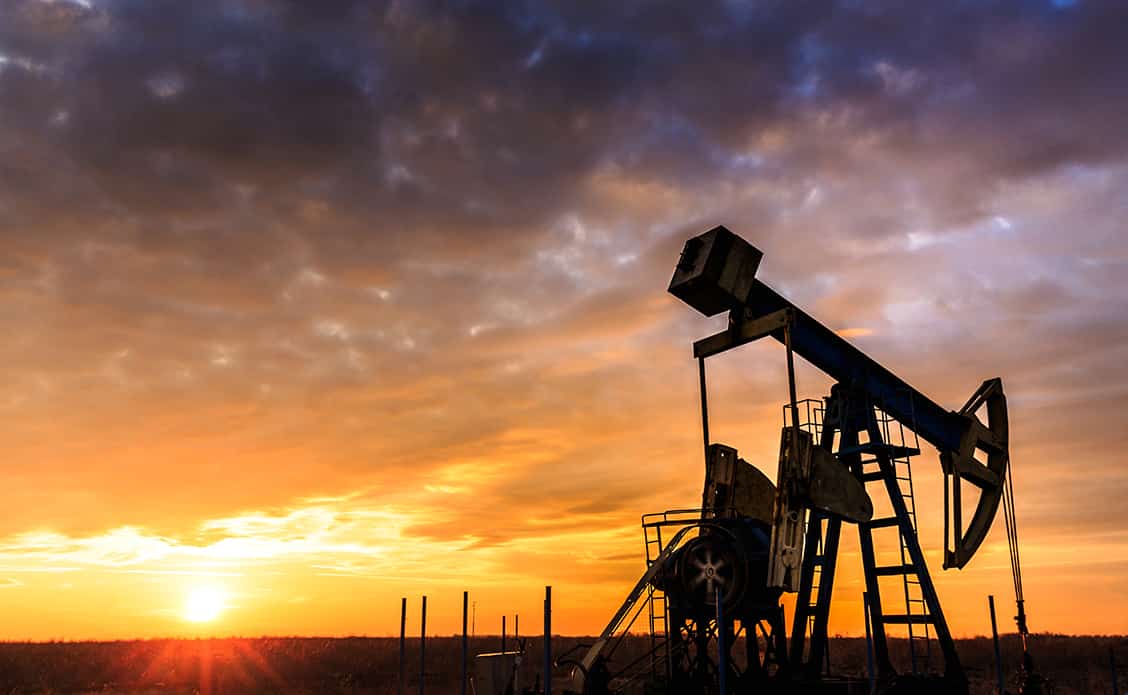As the shale industry matures, the biggest oil and gas producers, with their efficiencies and lower cost of capital, are moving in.
When extraction of oil and gas from shale deposits took off a dozen years ago, it sparked a revolution that enabled the U.S. to become a global mega-producer of fossil fuels due to technological breakthroughs in hydraulic fracturing and horizontal drilling. Now, energy analysts say, the guard is changing as shale production matures and the capital requirements to maintain production intensify.
Shale now accounts for 10% of worldwide crude oil and 32% of global natural gas that is currently recoverable, according to the U.S. Energy Information Administration. West Texas’s Permian Basin is the second largest oil field in the world, behind Saudi Arabia’s giant Ghawar field. That makes the Permian the dynamic center of oil and gas extraction in the U.S., and the place where this latest chapter of the energy saga is being written.
In a series of major deals last fall, some of the pioneers of shale production in the region sold out to the oil-and-gas majors, greatly consolidating the U.S. industry. Highlighting the trend were Exxon Mobil’s $60 billion purchase of Pioneer Natural Resources in October and Occidental Petroleum’s $10.8 billion deal to buy CrownRock in December. Oil and gas deals totaled more than $250 billion last year, the largest figure in nearly 10 years.
These deals are big, and expensive—Oxy is paying some $5 million per location for CrownRock’s assets, which Andrew Dittmar, a director at Enverus Intelligence Research, described a “nose-bleed territory”—but are unlikely to move the needle on global oil prices more than marginally. Their real importance, analysts say, is in what they signal about shale production in the Permian over the remainder of the decade.
Several factors account for the buying spree. Peter McNally, global sector lead, industrials, materials, and energy at Third Bridge, notes that oil and gas prices have been trending down, making many producers more interested in cashing out: especially those like Pioneer, whose CEOs are retiring or approaching retirement age. “There have also been a number of properties that were stuck in private equity portfolios longer than normal due to the Covid collapse,” he adds. And as public information shows, companies like Oxy, which were struggling a few years ago with high debt levels, have cleaner balance sheets today, says Raoul Leblanc, vice president of energy at S&P Global Commodity Insights.
More fundamental issues are at play, however, Leblanc notes. An exciting new contributor a decade ago, “Permian is now relatively mature, and everyone knows exactly what’s there.” He predicts three to five more years of growth for production in the region; “after that, they’ll run out of the best stuff, productivity will start to degrade,” and producers will have to migrate to lower quality deposits. As they “eat through the high-quality fields,” the owners best able to exploit them will be majors like Exxon, which enjoy a lower cost of capital and are efficient enough to sustain production at lower oil prices than the smaller producers that made money by taking bets on the early prospects of shale: in part, McNally notes, because they have profitable downstream businesses like refining and petrochemicals.
“People are continually surprised at the resilience of U.S. production,” McNally observes, but as along as the best locations in the Permian hold out, analysts largely agree that the U.S. will stay dominant. While these high-quality areas last, big operators like Exxon and Oxy—with backing from its 26% owner, Berkshire Hathaway—will be ramping up drilling in the basin, Leblanc predicts; “the prices they are paying embed the idea that they’ll keep producing as efficiently as possible to keep cash flow coming.”
Most analysts do not predict that 2023’s wave of oil and gas deals will spill over into this year, however, since fewer likely targets are left in the Permian: and aside from Guyana, on which Chevron is betting heavily, there are also fewer attractive targets outside the U.S. “Russia is off the table for U.S. investors,” Dittmar notes, and while Canada’s oil sands are “interesting,” the reserve “requires bigger upfront spending and is received by investors as having a higher environmental cost.”
It’s possible, however, that the Permian will retain its attraction even after the best resources are pumped out, Leblanc argues. Variables that could keep production moving in lower quality deposits include higher oil prices, perhaps because of a more rapid recovery of China’s economy, and, as always, another technological breakthrough. Shale has a lower recovery factor than traditional hydrocarbon sources, he notes: only 9-11% of the original oil in place. “If they could figure out a way to raise that to even 15%, that could lead to yet another rejuvenation of the Permian.”




